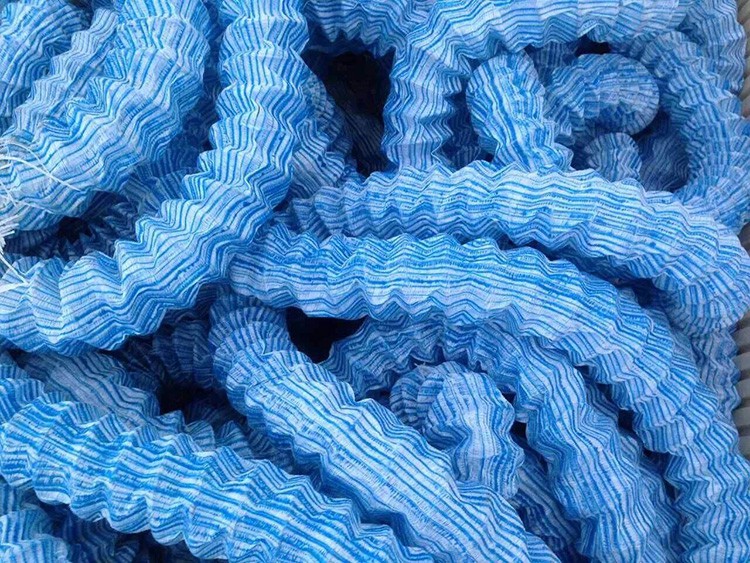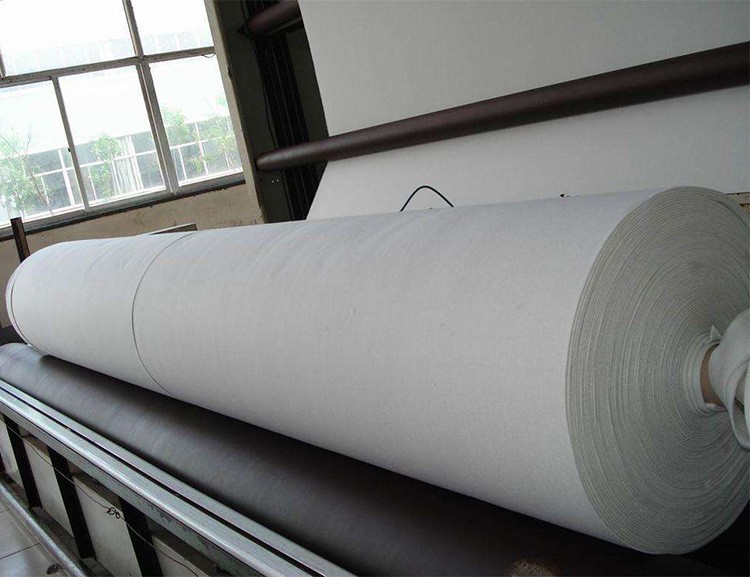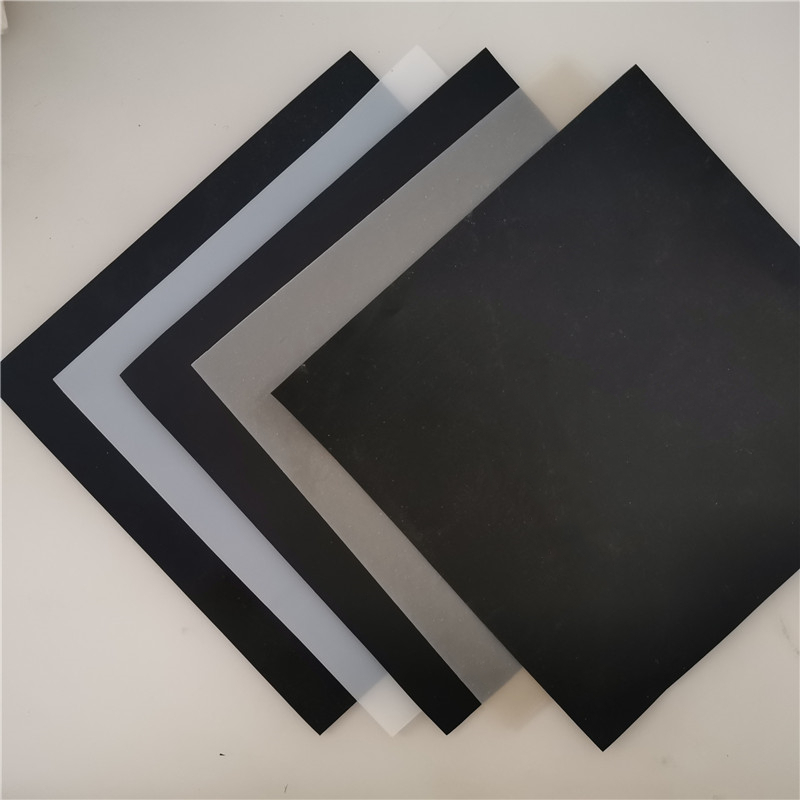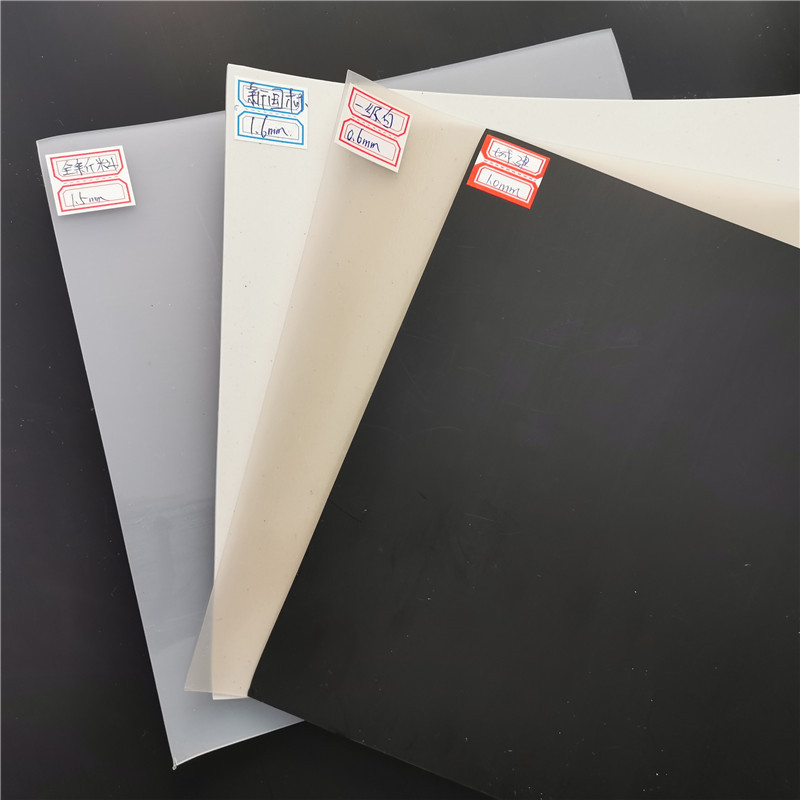
产品介绍:
![1602578040191385.jpg thumb_5ea561fd1719c_bateditor[1].jpg](/static/upload/image/20201013/1602578040191385.jpg)
Flexible Permeable Pipe is a new type of pipe that has both filtration and drainage functions. It overcomes many drawbacks of other drainage pipes. Due to its design principles and the excellent properties of its materials, it offers strong drainage and water infiltration effects, utilizing the phenomena of capillarity and the principle of siphoning, integrating water absorption, permeability, and drainage. It meets engineering design requirements for pressure resistance, permeability, and anti-filtration. It does not crack due to geological or temperature changes, can discharge clean water, and does not cause secondary environmental pollution, making it a new type of environmentally-friendly product. It is easy to install, has no joints, and is not limited by geological or topographical conditions, making it suitable for any place that requires concealed drainage.
Product Features:
1. Materials composing the flexible permeable pipe:
1) High-carbon steel wire: treated with phosphate anti-rust process and coated with PVC to prevent acid and alkali corrosion. The steel wire spiral framework ensures a smooth pipe wall surface and pressure resistance.
2) Non-woven fabric filter layer: ensures effective filtration and prevents sediments from entering the pipe.
3) Synthetic polyester fibers: warp threads use PVC-coated PET (polyester) or nylon fibers, while weft threads use fibers with high tensile strength.
2. Characteristics of flexible permeable pipe:
1) Small pore diameter, high water permeability, and good infiltration;
2) High compressive and tensile strength, long service life;
3) Good corrosion resistance and resistance to microbial erosion;
4) Good overall continuity, few joints, and easy connection;
5) Soft texture, good soil adhesion, and other advantages.
Flexible permeable pipe is mainly suitable for:
1) Vertical and horizontal drainage behind all types of retaining walls;
2) Drainage for highway and railway subgrades, shoulders, and soft soil foundations;
3) Drainage for tunnels and underpasses;
4) Drainage for power ash dams and hydraulic reservoirs;
5) Highways with drainage facilities and vegetation protection;
6) Outdoor sports field drainage;
7) Lateral horizontal drilling drainage;
8) Drainage and slope protection in landslide-prone areas;
9) Rooftop gardens and flowerbed drainage;
10) Water retention on hillsides;
11) Subsurface drainage for land leveling projects;
12) Drainage of low-lying areas and reclamation of saline-alkali land.





